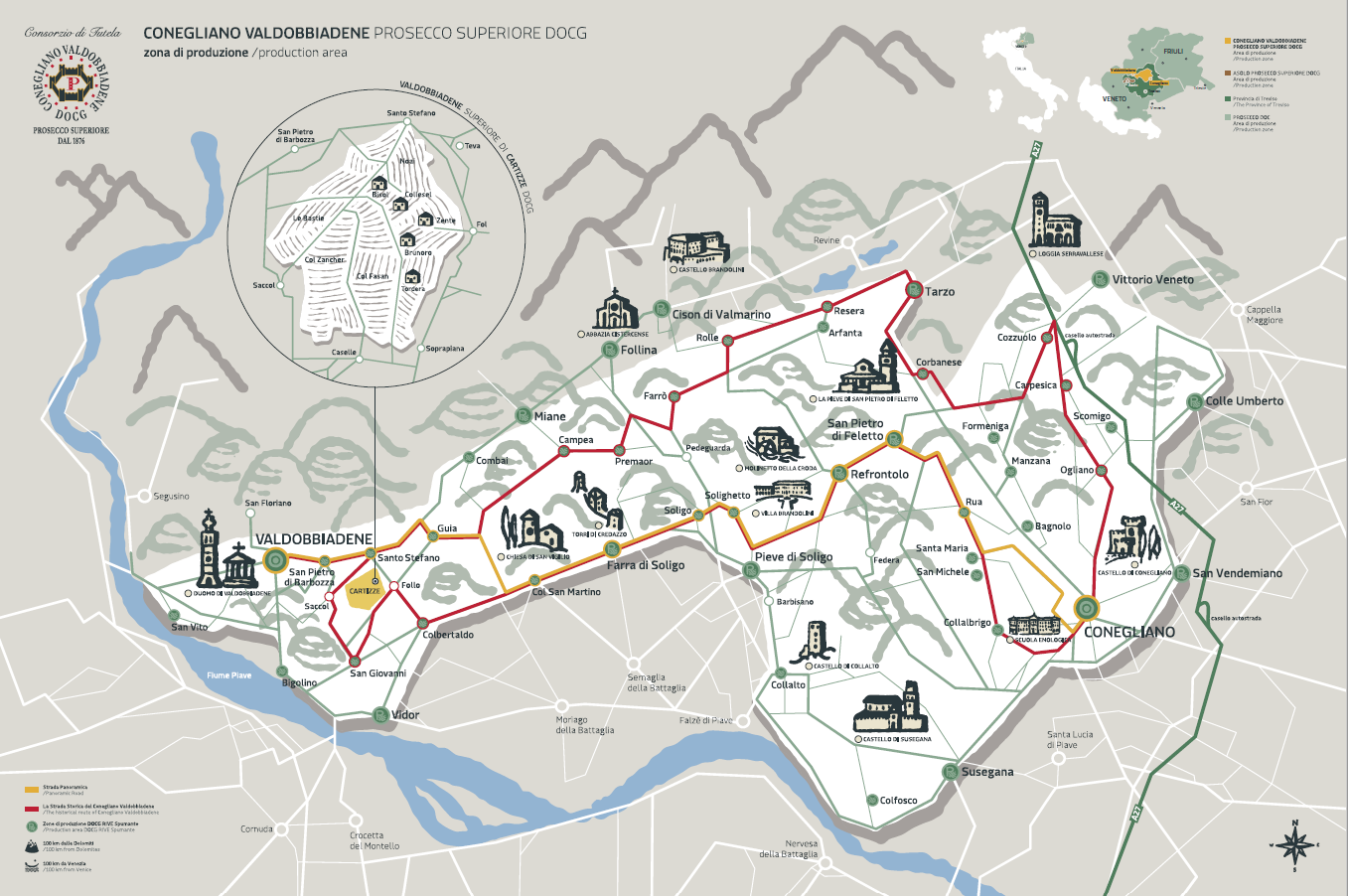BLOG
From Bitter to Sweet: Prosecco’s Heroic Hills
Jacopo Mazzeo
Regional Spotlight
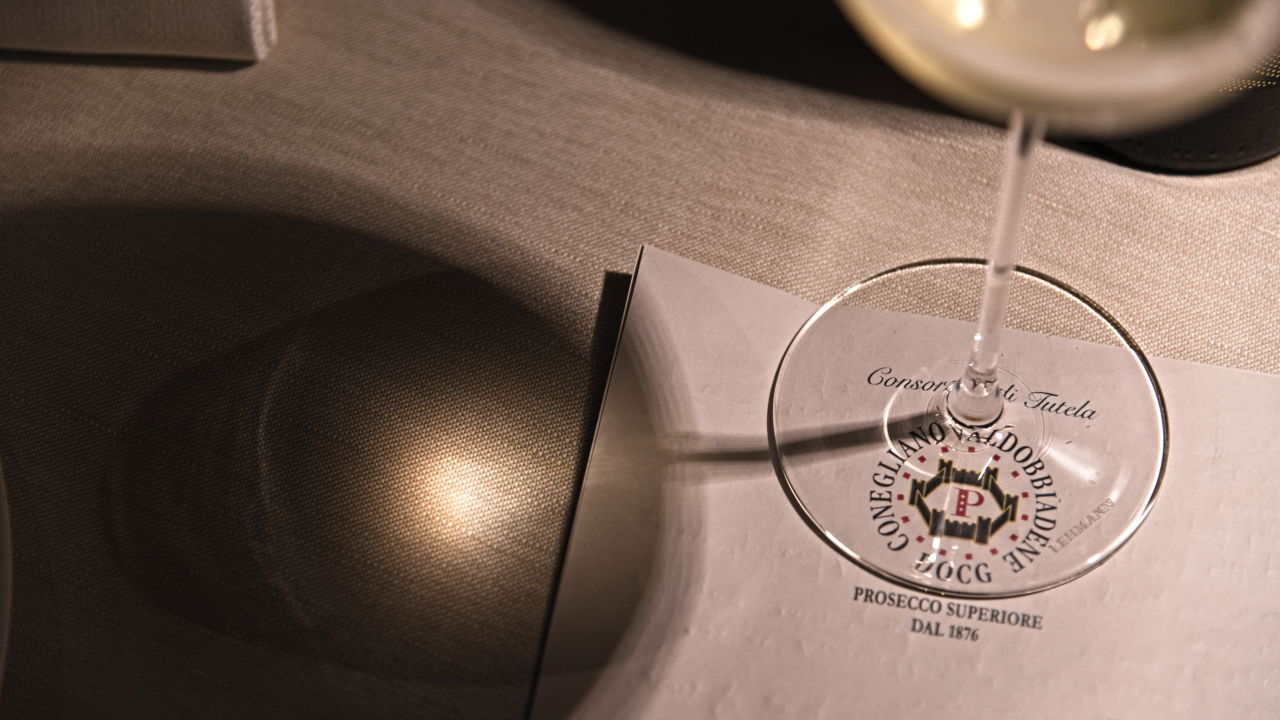
Walking along the path that leads to the summit of the Cartizze hill, the town of Santo Stefano gradually emerges in the distance, its bell tower and a few quaint houses standing as a punctuation mark amidst the harmonious mosaic of woodland patches and vineyards.
Like real-life topographic contour lines, the intricately arranged, labyrinthine rows of Glera vines ascend and wind through the characteristic, humpy “hogback” hills. Ciglioni – small, narrow cultivated terraced plots that have been utilised here since at least the 17th century – lend rigour and a sense of order to the vegetative profligacy of this landscape.
These distinctive features – protected as a UNESCO World Heritage – encapsulate the essence of the Conegliano Valdobbiadene Prosecco Superiore DOCG production zone, sandwiched between Venice and the Italian Dolomites, and extending from the eastern environs of Conegliano to the town of Valdobbiadene by the river Piave.
Some of the region’s vineyards boast gradients as steep as 70%, rendering mechanisation all but impossible. The cultivation challenge, often labelled “heroic”, is a characteristic the people of Conegliano Valdobbiadene share with other demanding viticultural areas such as the Valle d'Aosta, the Mosel Valley, and Madeira. Despite these formidable difficulties, growers here remain deeply connected to their land. While production of the unassuming fizz the international market associates with Prosecco is dominated by large players, the vineyards of Conegliano Valdobbiadene are still very much a family affair, its 8,683 hectares shared among some 1,700 growers. For them, a deep-rooted connection to the land is intricately woven with their personal heritage. Their finest wines are frequently named in honour of the forefathers who originally cultivated the family vineyards.
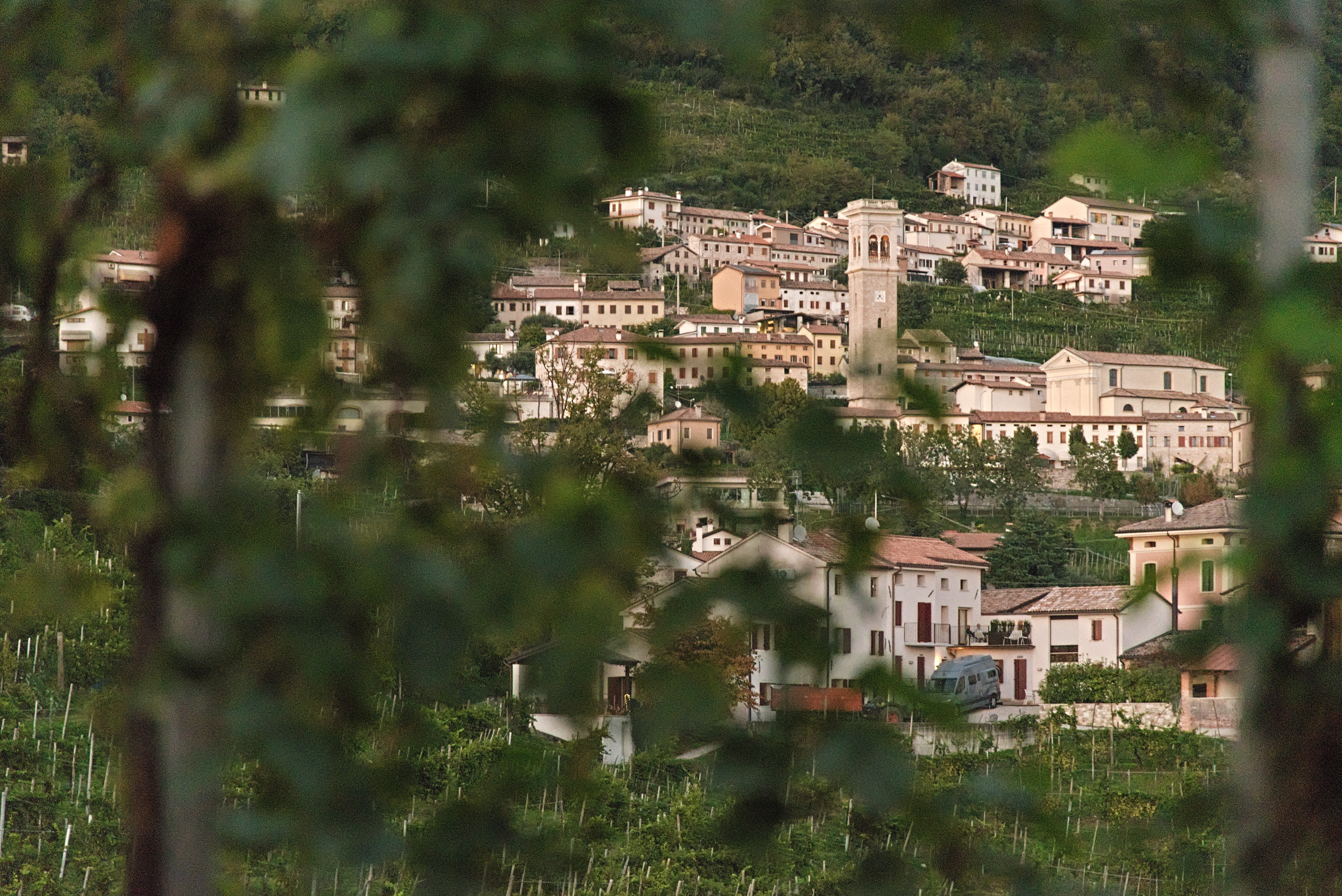
The gift of the Rive
Third generation winegrower Massimo Doro calls his best wines “Dono” (Italian for gift), “because I consider being able to make wine here a gift I received from my grandfather Toni,” he says, proudly. Massimo's Toni Doro winery is situated in the north-eastern corner of the denomination, on the Rive di Carpesica. This is one of the 43 “Rive” (slopes or banks) that were acknowledged officially in the specifications of the Conegliano Valdobbiadene Prosecco Superiore DOCG in 2009. In comparison to standard Prosecco Superiore, wines made from Rive-grown grapes adhere to the more rigorous production standards inspired by the crus of Burgundy or the menzioni geografiche aggiuntive (MGAs) of the Langhe.
The 43 Rive emerge from 19 wider subzones of the Conegliano Valdobbiadene area, first delineated in the early 2000s through a zoning project led by agronomist and current director of the Conegliano Valdobbiadene consortium, Diego Tommasi. “These 19 subzones have climates and soils sufficiently homogeneous to yield a product distinct from neighbouring areas,” Tommasi explains. The eastern Rive display gently sloping hills of sandy and stony soils. They produce grapes richer in sugars which – the study found – tend to yield wines of marked aromatic intensity.
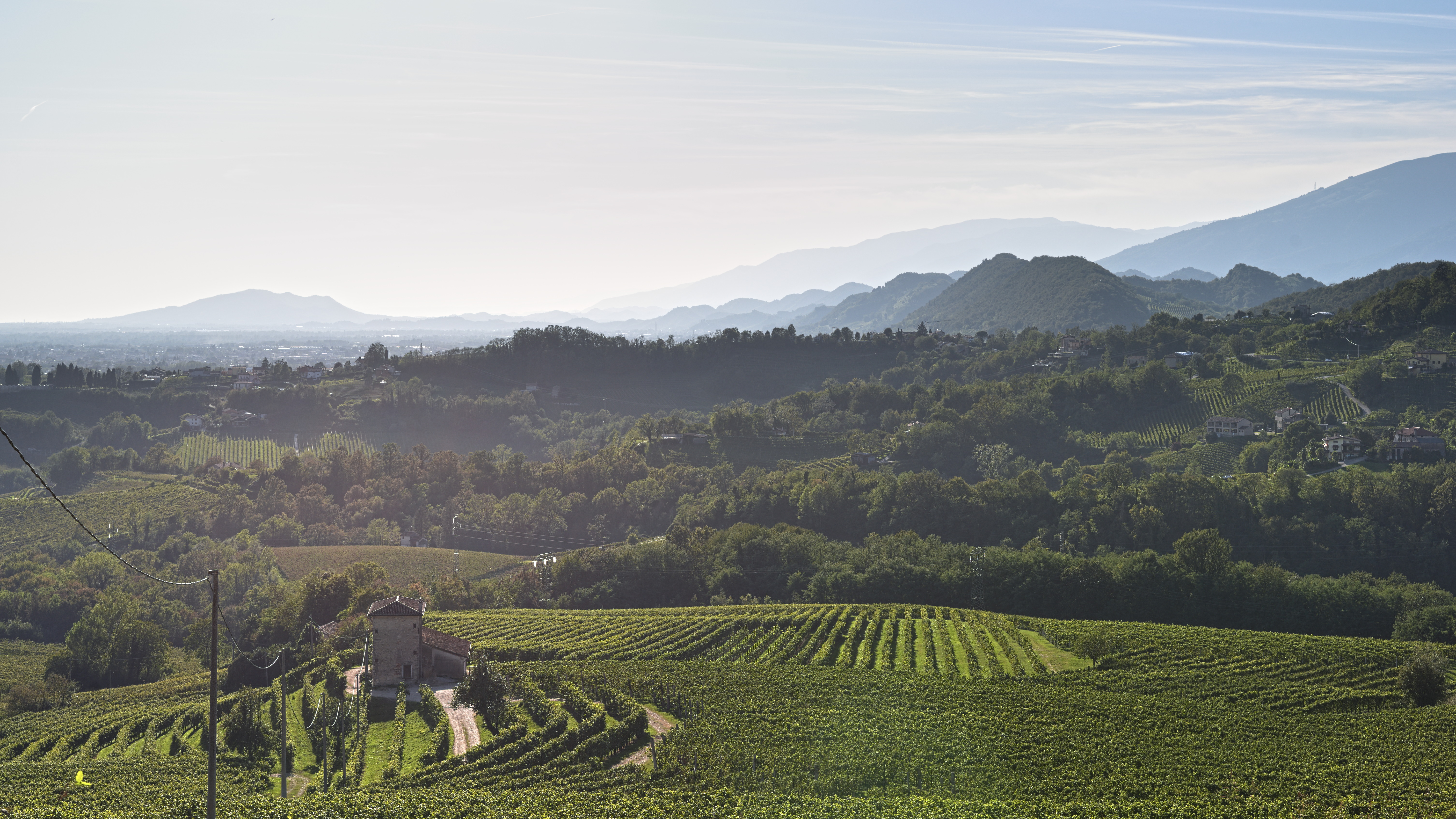
Meanwhile, the central-eastern Rive feature reddish clay and stony soils, which generate wines with a floral and spicy character. The steep sandstone and marl hills of the central Rive make for floral and delicately fruity wines, while the central-western area is known for very steep, sandy Rive that produce floral and citrus aromas, and wines with marked acidity. Long recognised as a prime spot for sparkling winemaking and situated in the western corner of the appellation, Cartizze has its own separate DOCG, and marks the summit of the Prosecco Superiore’s qualitative pyramid. Its soils are composed of ancient marine deposits. Glera growing here produces highly aromatic, elegant sparkling wines traditionally vinified as “Dry”. The term is a treacherous one. With a residual sugar level ranging between 17g/l and 32g/l, Dry is – counterintuitively – the sweetest Prosecco Superiore category. (If you are hunting for authentically dry Prosecco from the Rive and elsewhere, the term to look for on labels is Brut or Extra Brut.)
A legacy of hardship
“The idea behind incorporating the Rive into our production specifications was to capture the diverse expressions of the Conegliano Valdobbiadene hills without necessarily establishing a hierarchical ranking among them,” says Daniele D’Anna Bortolotti, owner of Cantine Bortolotti. He was among the early adopters of the Rive category, and today four of his wines feature this designation. He acknowledges, however, that in the initial stages not everyone was supportive. “At first, people were sceptical. Most producers dedicated only a small portion of their fruit to making Rive wines, targeting a few restaurateurs and niche private customers,” he says. “We have a lot of tiny grower-owned plots here, and at the beginning, many of these growers simply couldn’t be bothered. Only the bigger producers saw potential benefit in them.”
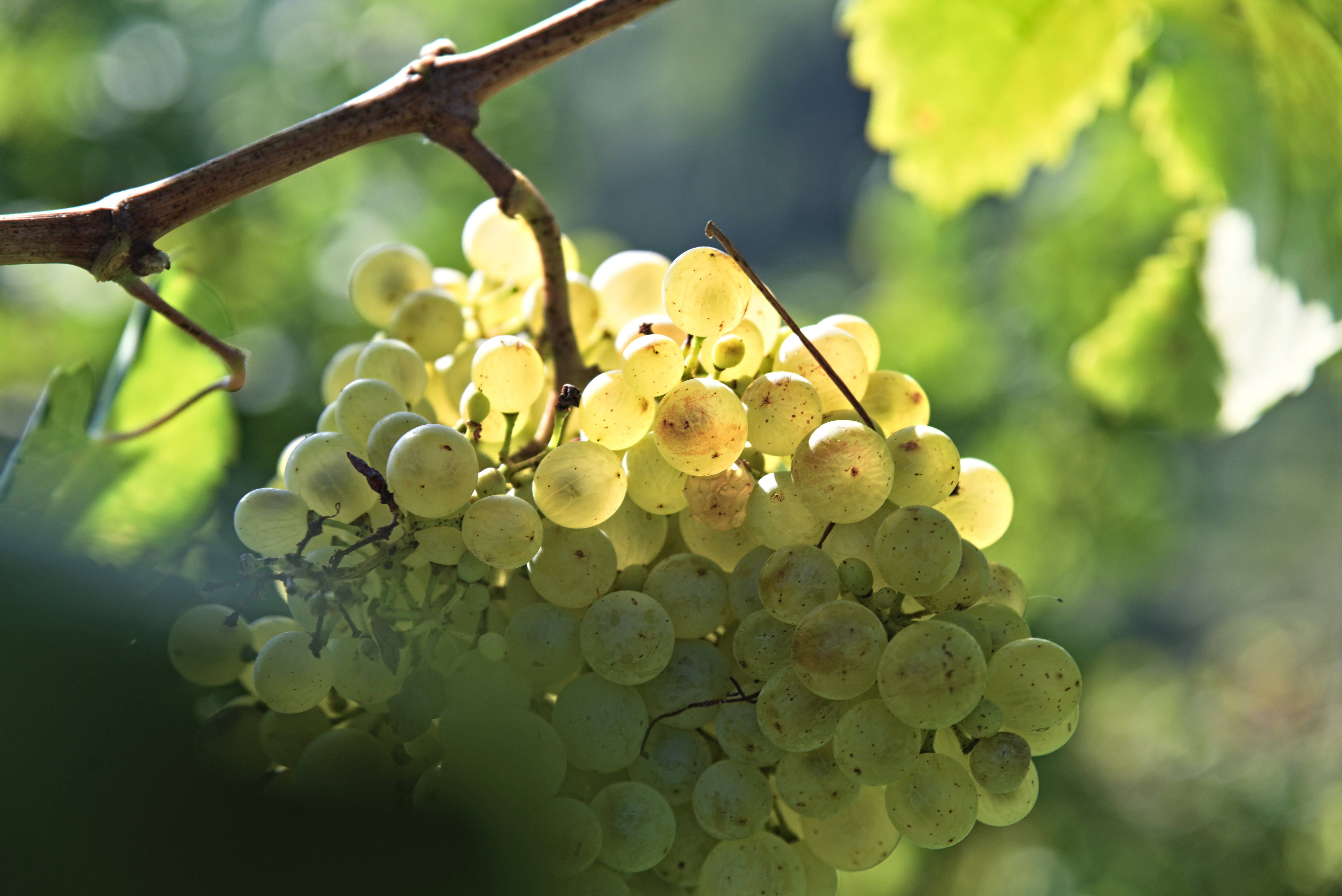
The historical struggle of life on the Rive may have played a role in growers’ reservations about the idea of restricting yields further in vineyards that are already arduous to cultivate. From the unification of Italy in 1861 to the immediate post-WWII period, this land and the wider Veneto region was poverty-stricken, hence decimated by emigration. Some even took Glera vines with them. The Venetian dialect still spoken today in the Serra Gaúcha – Brazil’s prime wine region – is a direct legacy of this dramatic exodus. Furthermore, the Prosecco hills faced prolonged recovery periods following both World Wars. Those who remained in the area often chose to relocate to the plains or to move into urban centres, with their easier employment opportunities and improved wages.
Yet, as the region’s economy recovered and Prosecco Superiore wines gradually achieved commercial success, modest osterie (neighbourhood restaurants) evolved into more upscale dining establishments, while agriturismo accommodation facilities popped up across the valleys. The region’s vibrancy, dynamism, and prosperity instilled hope and motivation among the younger generations in Conegliano Valdobbiadene, encouraging them to stay. The very Rive that once made life in this area so challenging now symbolise its transition to a sought-after tourist destination. “Growers came to understand that the Rive play a crucial role for us,” says Bortolotti.
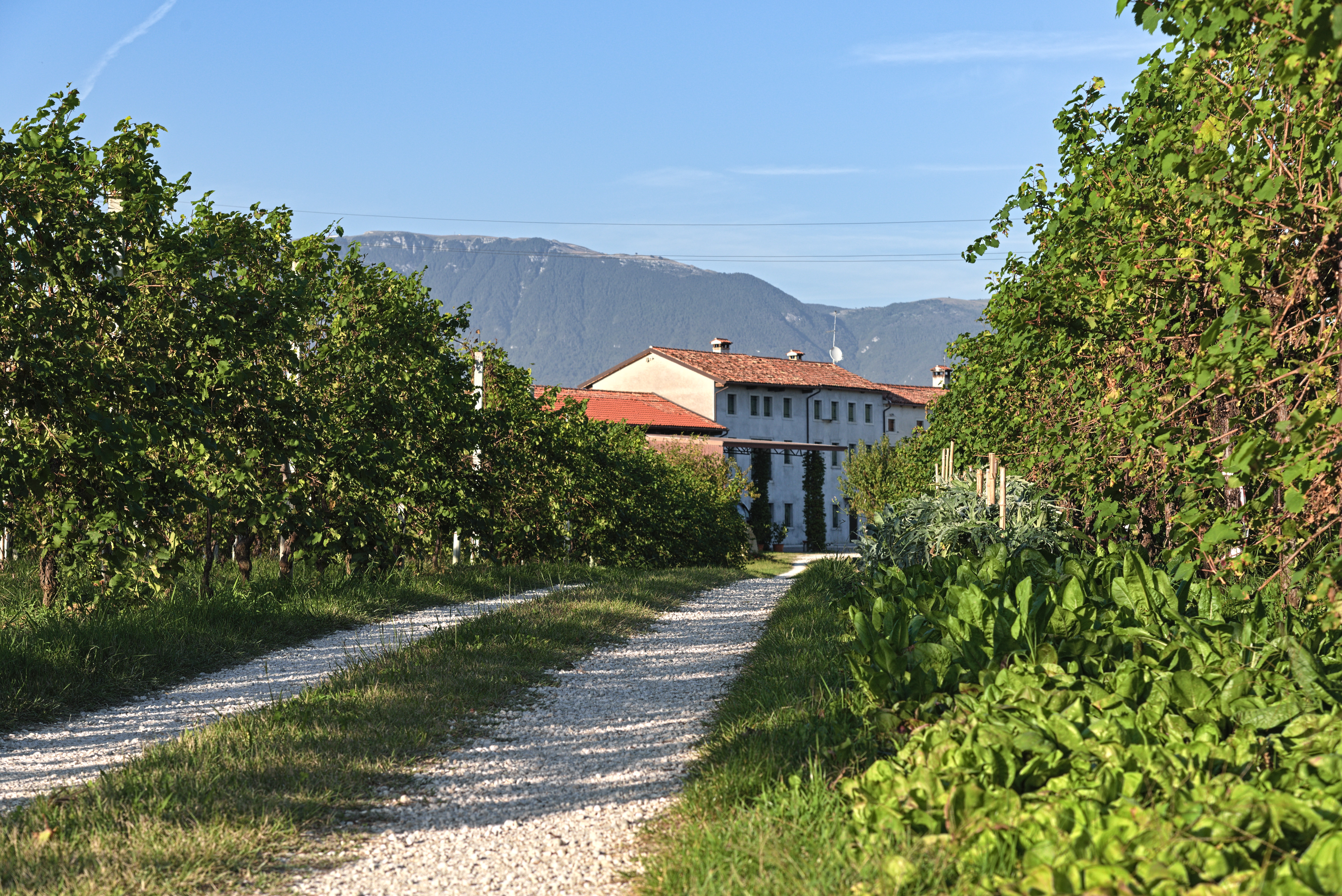
For all that, progress has been slow: just 2.6% of total Conegliano Valdobbiadene Prosecco Superiore production in 2020, rising to 3.35% in 2022. To build on this, the consortium is planning a second stage of the zoning project, entailing a more comprehensive study of the 43 individual Rive. “We’ll present a project to the regional council,” says Tommasi. “Meteorological stations will no longer be enough. I’ll install more specific sensors, Riva by Riva, to measure the temperature of the grape and of the soil and gather other data. Then we’ll do separate micro-vinifications.”
Finding a future
“We know that as early as the 19th century, people were using the term ‘rive’ to describe markedly steep hills,” says Tommasi. “It referred to the best sections of their properties – vineyards with the best exposure and the steepest slopes. Saying ‘vado sulla riva’ meant going to a location that presented particularly challenging working conditions.” Challenges that, despite the modern success of Rive wines, are once again threatening the region’s economy.
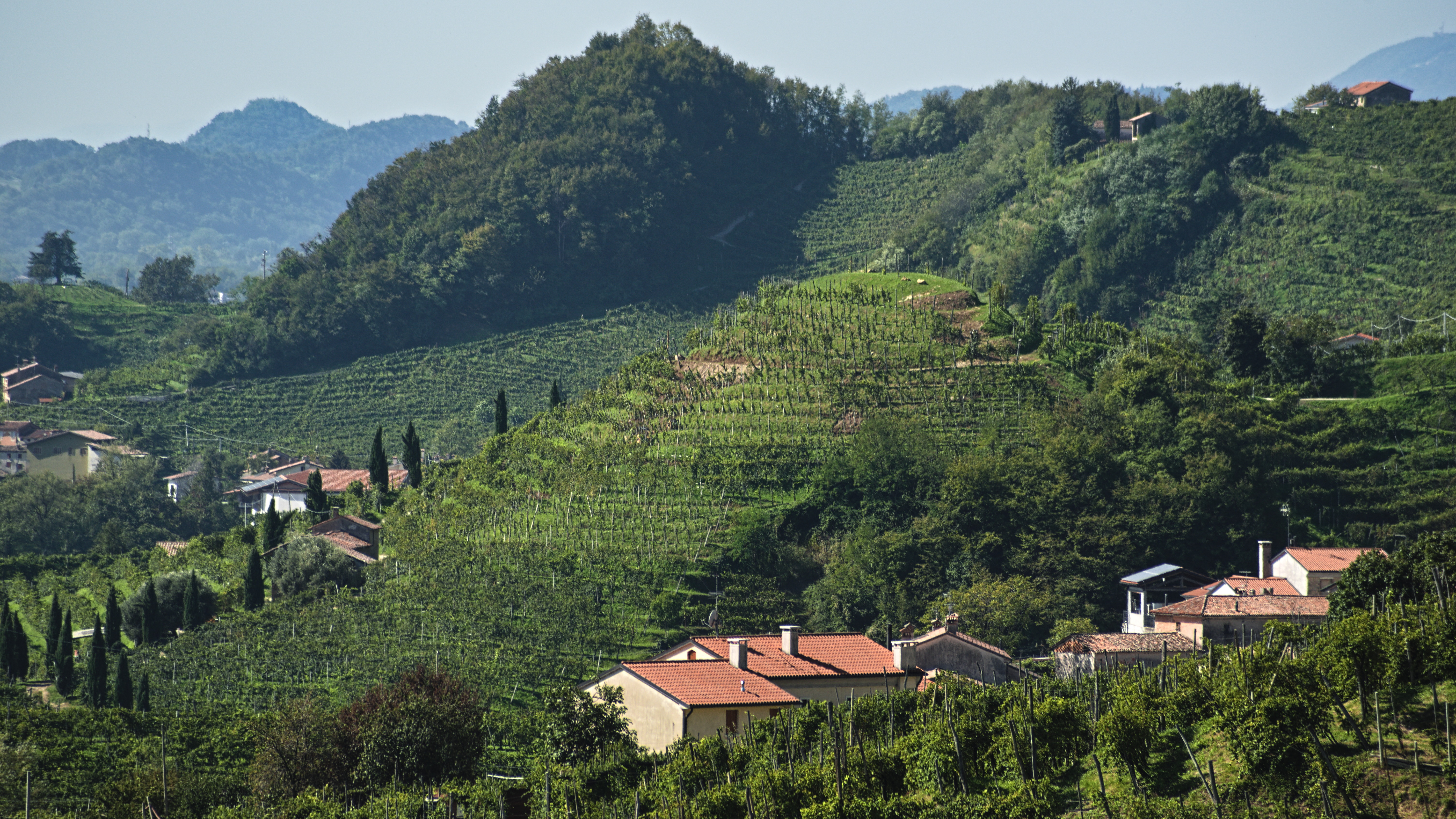
The difficulties associated with managing such steep slopes are worsening the existing problem of vineyard labour shortages. Rive demand four times as many man-hours as do vineyards on flatter lands. “The problem exists; it’s a very serious one,” argues Tommasi. For years, the Prosecco hills have been relying on seasonal – and increasingly skilled – workers from Poland. As the Polish economy grew, however, that source of labour dried up. Today, the majority of vineyard workers are still migrants – but from countries such as Bangladesh, India and Afghanistan. “They’re supplied by large-scale labour cooperatives, and it’s a sector characterised by swift turnover. The workforce isn’t as specialised as it was.”
Since 2019, there has been a cap on new plantings, so Tommasi is optimistic that, gradually but surely, the Rive of Conegliano Valdobbiadene will once again find a balance between humans and nature. The people of Conegliano Valdobbiadene have long learned to respect the Rive and to deal with the challenges that they present. Those steep, humpy hills, with their twisting arteries of Glera vines, encapsulate the history of this land and define the essence of its people. The hope is that, via these regulations which echo a Burgundian cru, an MGA, or even a Riojan Viñedo Singular, their true value and significance will come to be cherished by drinkers, too.
